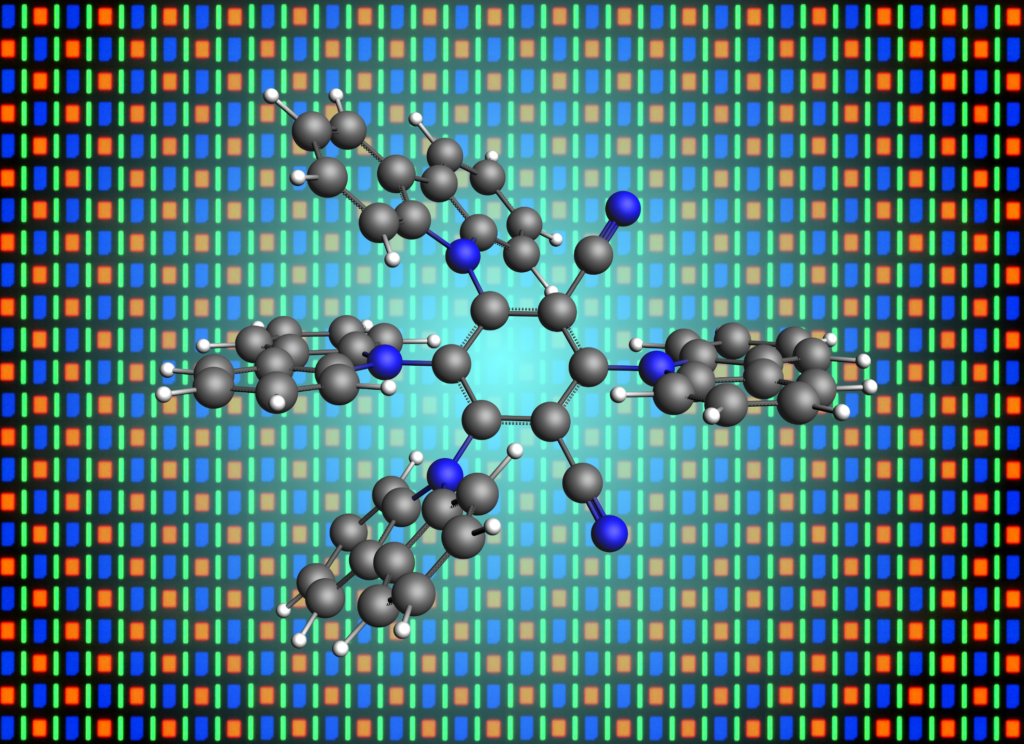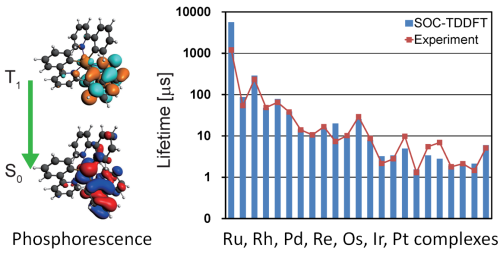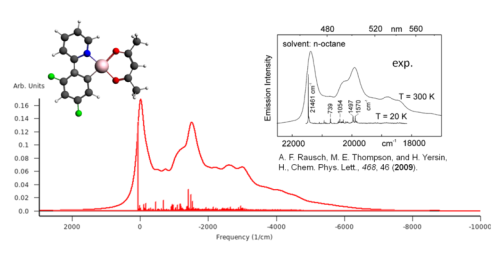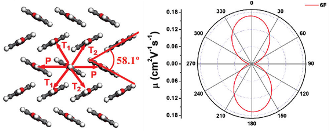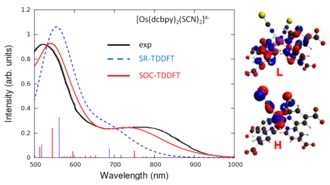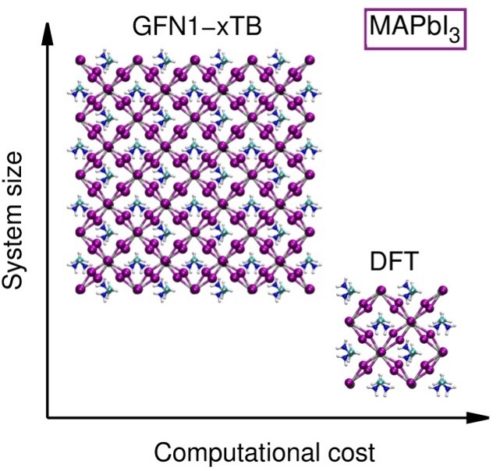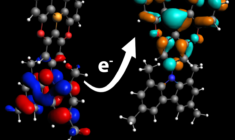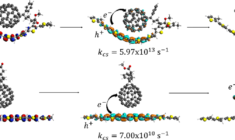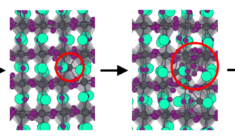Modeling Organic Electronics
ADF has several unique features to model processes at the molecular level such as charge transport, exciton coupling, and phosphorescence. These molecular process are important for optimizing the performance of materials used in organic electronics devices such as organic light-emitting diodes (OLEDs), organic field-effect transistors (OFETs), photovoltaics (PVs and OPVs), and dye-sensitized solar cells (DSSCs). See also the webinar with Symbeyond on Multiscale optimization of OLED materials and devices, a presentation on modeling organic electronics, a recent poster, an advanced tutorial on modeling OLED dyes, research publications, and an invited high-level article on modeling organic electronics with ADF.
